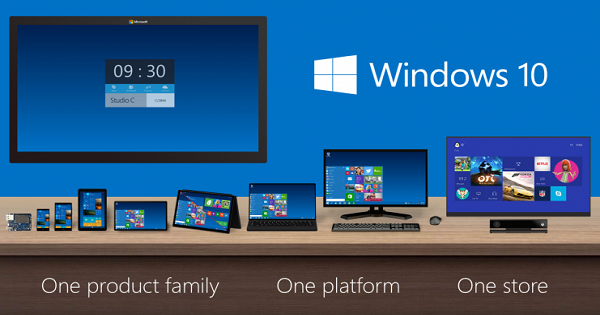Posted by : Cyber Freak
Saturday, 6 October 2012
Apple, Intel and McGraw Hill representatives and other technology and publishing heavy hitters are working with Federal Communications Commission chairman Julius Genachowski and Education Secretary Arne Duncan discussion to figure out effective ways to introduce digital technology into the emerging classroom.
Tablets Offer Savings for Schools
According to the FCC, the U.S. spends about $7 billion per year on textbooks, but many of them are seven to ten years out of date. Advocates believe using tablets instead will save money and improve learning. The FCC based its $3 billion cost savings estimate on the assumption that today’s tablet cost of $250 each will drop to $150 as schools buy tablets in bulk, hardware gets cheaper and technology advances.
Based on these parameters, the future savings would result in saving $60 per student, which considering there are more than 49 million students in public schools equates to nearly $3 billion in savings nearly half the price of traditional textbooks today. Still, how can a price reduction of $100 in tablets only result in a $60 savings? Other factors besides the fixed price of the tablets account for the difference.
Do Tablets Really Improve Learning?
The program, which replaced worn textbooks with interactive, digital versions with video, graphics and built-in quizzes that invited students to participate and give instant feedback, spurred positive comments that students using the iPad version were “more motivated, attentive, and engaged” than those with the paper algebra books.
A small but growing number of researchers are uncovering evidence that readers are better able to remember what they read in printed books long-term when compared to materials read via an electronic screen, raising questions about tablets in the classroom. Students using digital versions of the unfamiliar material had to read the same information several times to gain the same level of knowledge as print readers. Students reading printed books seemed to more fully digest and understand the material. Tablets’ success in replacing text books will also come down to educational apps. Between them, Apple and Google offer over a millions apps, and educators will be challenged to curate the best and most appropriate for schools.
An Inevitability
Tablets are here and will come to classrooms, either through parents who can afford them or by school districts who take the plunge. A joint report by McKinsey and the GSMA predict the m-Education market could be worth $70 billion globally by 2020 and predicts demand for m-education devices, like smartphones and tablets, may be worth another $32 billion by the same timeframe.
Educators can point to many positives of digital books. Tablets can easily update information and assignments, high-resolution audio and video illustrate and reinforce concepts, and with online assignments, students gain the ability to interact with the material they’re learning.
- Back to Home »
- communication , education , laptop , tablet »
- The Future of Education: Tablets vs Textbooks















